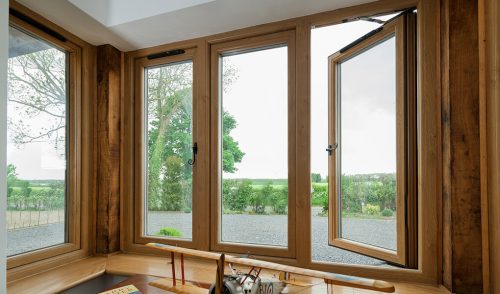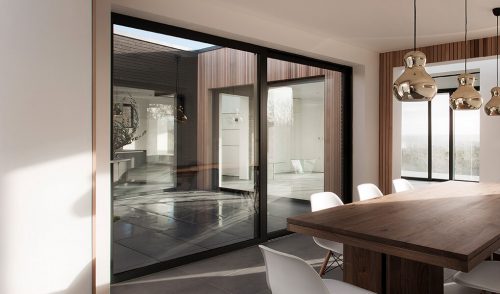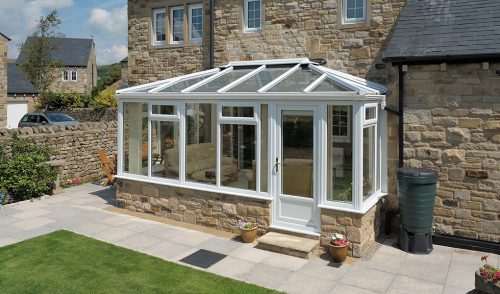The prospect of basking in a light-filled conservatory, enjoying the outdoors from the comfort of your own home all year round, is an alluring one. But before you get swept away in the dream, it’s important to consider the practicalities – like whether you’ll need planning permission to make it a reality.
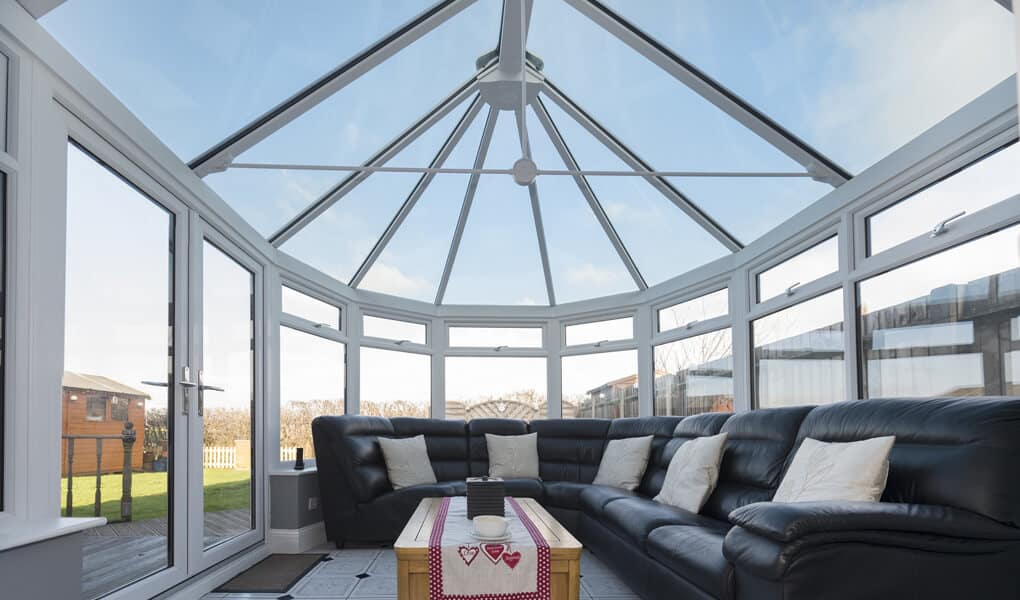
Now, it might surprise you to know that planning permission is even an issue where conservatories are concerned. After all, thousands upon thousands of them are built each year for UK homes – surely not all of them need permission? Or do they?
In this blog we’ll deep dive into the whole subject of planning rules and how they may or may not affect your ambitions for a new conservatory. In most cases there should be no problem – but as we’ll see, there is always a ‘But’!
Planning Permission vs. Permitted Development: Understanding the Distinction
In England and Wales, there are two main categories that govern building projects: planning permission and permitted development.
- Planning permission is essentially the green light from your local council, granting approval for specific developments. It ensures projects adhere to regulations and maintain the character of the surrounding area.
- Permitted development (PD) rights encompass a range of building works that you can undertake without formal planning permission. Thankfully, conservatories often fall under permitted development, streamlining the process.
The Permitted Development Route for Conservatories
As we’ve said, in most cases, you won’t need planning permission for your conservatory. As of June 2019, relaxed regulations allow for single-storey extensions, including conservatories, to be built under permitted development rights.
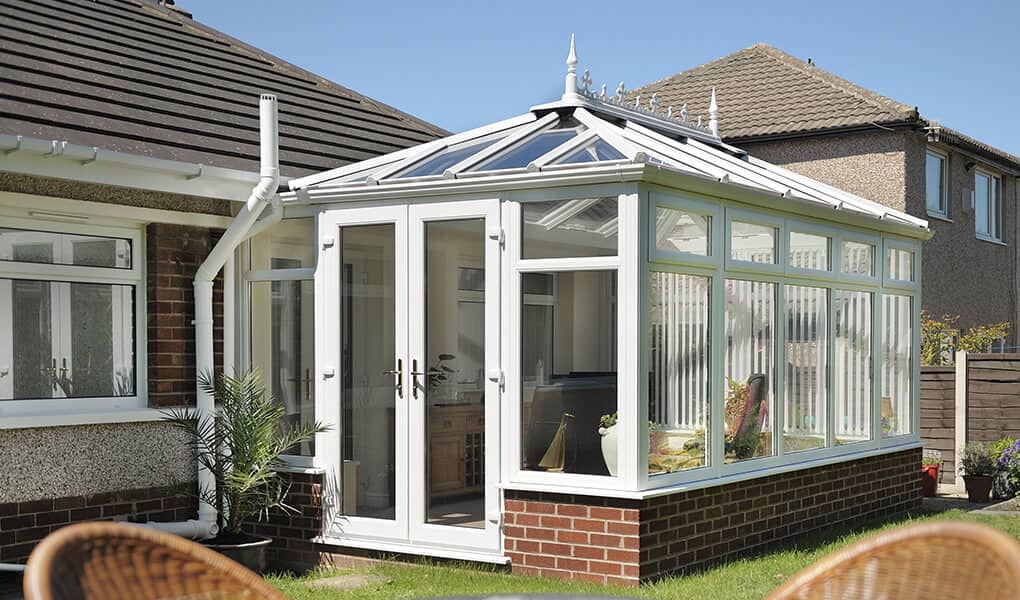
However, you will need to meet certain criteria to qualify, including:
- Single storey: The extension must be a single storey.
- Dimensions: The maximum depth allowance is 6 metres for attached houses and 8 metres for detached houses.
- Location: The conservatory must be built outside designated land and Sites of Specific Interest (contact your local planning authority to confirm if your property falls within this category).
- Height: The conservatory roof must be no higher than 4 metres and must not exceed the height of your existing roof.
- Design: No balconies, verandas, or raised platforms are permitted.
- Property type: The property cannot be listed or situated within a conservation area (more on these later).
- Ground level: The conservatory must be built directly onto the ground floor of your house.
- Separation: A permanent door must separate the conservatory from the main house.
Building Regulations: Ensuring Safety and Structural Integrity
It’s important to distinguish between planning permission and building regulations. While planning permission focuses on the impact of your project on the surrounding area, building regulations ensure the structural integrity and safety of your conservatory. Here are some instances where building regulations might apply:
- Roof: The conservatory roof needs to be at least 70% translucent to allow sufficient natural light.
- Walls: If new walls are incorporated, they must have at least 40% glazed area.
- Floor Area: The conservatory’s internal floor area exceeds 30 square meters.
- Location: The conservatory is not built at ground level.
- Internal Access: No physical barrier (like a door) separates the conservatory from the main house.
To ensure your conservatory complies with building regulations, it’s wise to consult professionals like ourselves or utilise the online resources provided by the UK government planning portal.
Listed Buildings and Conservation Areas

If your property is listed or resides within a conservation area, additional planning controls are likely to be in place. Here’s a deeper dive into these designations:
- Listed buildings have protected architectural or historical features. Listed building consent is usually required for any alterations, including the addition of a conservatory. Even minor changes can impact the character of the building, so consulting with your local authority’s Conservation Officer is crucial. They can advise on sympathetic designs that complement the existing architecture and guide you through the listed building consent application process.
- Conservation areas are designated spaces that hold historical or architectural significance. These areas often encompass a collection of buildings and spaces that contribute to the overall character. Stricter planning controls are frequently applied to safeguard this character and ensure any new development respects the existing aesthetic. While conservatories may be possible in some cases, obtaining planning permission is more likely to be necessary. The local planning authority will assess the proposed conservatory’s design, materials, and scale to ensure it harmonises with the surrounding properties and streetscape.
Premier Windows and Doors: Your Partner in Conservatory Success
At Premier Windows and Doors, we offer a comprehensive service, guiding you through every step of the conservatory process. Our team of experts can assess your individual circumstances, including property type and location, to determine if planning permission is required. To find out more, contact us here or give us a call on 0800 854 353.
Get a free quote
If you're interested in any of products then get in touch with us to get your free quote today.
Book an appointment
If you would like to discuss our incredible range of products, then book an appointment today.

